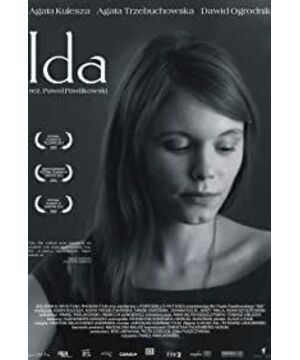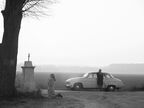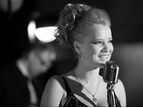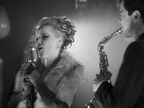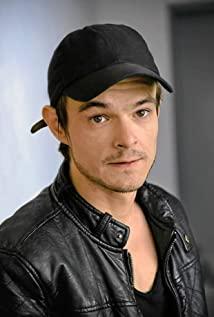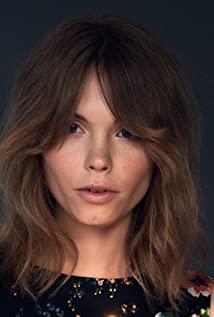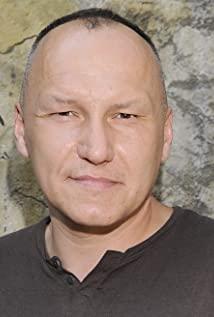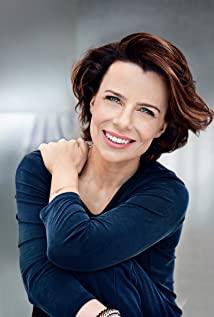It's a four-to-three narrow-screen, black-and-white film that was made in 2013, but the U.S. market is this summer. I don't reject black and white, but I'm still not used to the narrow screen for a long time, so you can choose to sit in the front seat, after seeing the particles on the screen clearly, and then make a sixteen to nine will make you feel much more comfortable.
The line of the story is relatively straightforward, so those who are willing to watch it are estimated to be directed at the delicate history, feelings, and expressions, and then substitute, interpret, and think. There is no special plot in the whole film, but I still see "beauty", Ada's "beauty", or the "beauty" that the director wants to deliver.
I don't know if I can call Ada a girl, she is very quiet and classical (European classical, Eastern Europe are not particularly obvious). Before she left the monastery, the people and things she came into contact with were estimated to be very single and pure. The scarf on her head that she didn't want to untie for a long time is proof.
But one day, albeit unexpectedly, she is persuaded to leave the monastery and embark on her own journey of kinship and discovery. Her aunt, who has lived in the town for a long time and was a small official in the Communist regime, is her companion and a foil for her three views and character transformation. Auntie smokes, drinks, dances, and hooks up all the way, but Ada doesn't. - These are not unexpected.
Along the way, when the car passed by her mother's grave, Aida knelt down in front of her mother's tombstone and prayed the cross.
But then they got a young passer-by in their car, a man about Ada's age, and an artistic guy, a saxophone player—you know, that's a very special thing. And Ada/director never saw anything abhorrent in him.
When Ada was slowly approaching her own life experience, approaching the truth about why her parents and brother were massacred in Poland during World War II, she could not bear the torture of walking out of the lonely room and the preaching of her aunt, and walked out of the hotel room, In a corner of the wall, I peeked at the saxophonist for a long time late at night, and the musician was rehearsing in the same hotel.
Later, Ada also tried to secretly untie her hair scarf when she was alone and admire herself. ——I don’t know if this is the beginning of her own transformation journey in the process of starting to witness/immerse in the worldly life a little bit.
The murderer confessed the truth himself (in exchange for Ada not taking back her family's old house), gave Ada his brother's childhood head in a forest outside a field, and confessed in the burial pit, not wanting to come out. Ada asked the murderer why I wasn't buried with me. The murderer said you were too young at that time, and I don't think you would remember these truths.
Ada and Auntie didn't say much, and returned to the hotel with their brother's head. Later, he also had a deep ambiguity with the saxophone player.
Unwinding the scarf is a very precious scene in just 80 minutes. If you look closely, it is indeed beautiful. But in the end, after an ambiguous emotional adventure, Ada actually made a cross prayer with a hint of relief in her eyes.
I can't say it's a particularly good movie. But what is commendable is the director's restraint, the most beautiful scene lasts for a very short time.
After the whole story is told, I think the most beautiful thing is that when Ada left the monastery and witnessed her own suffering, she finally liberated herself. I think this is the most beautiful.
View more about Ida reviews


